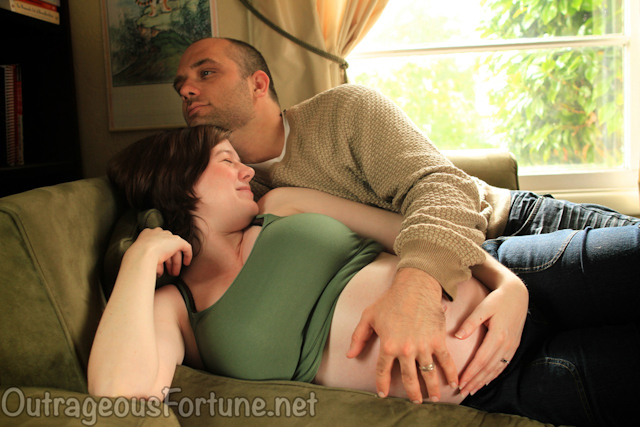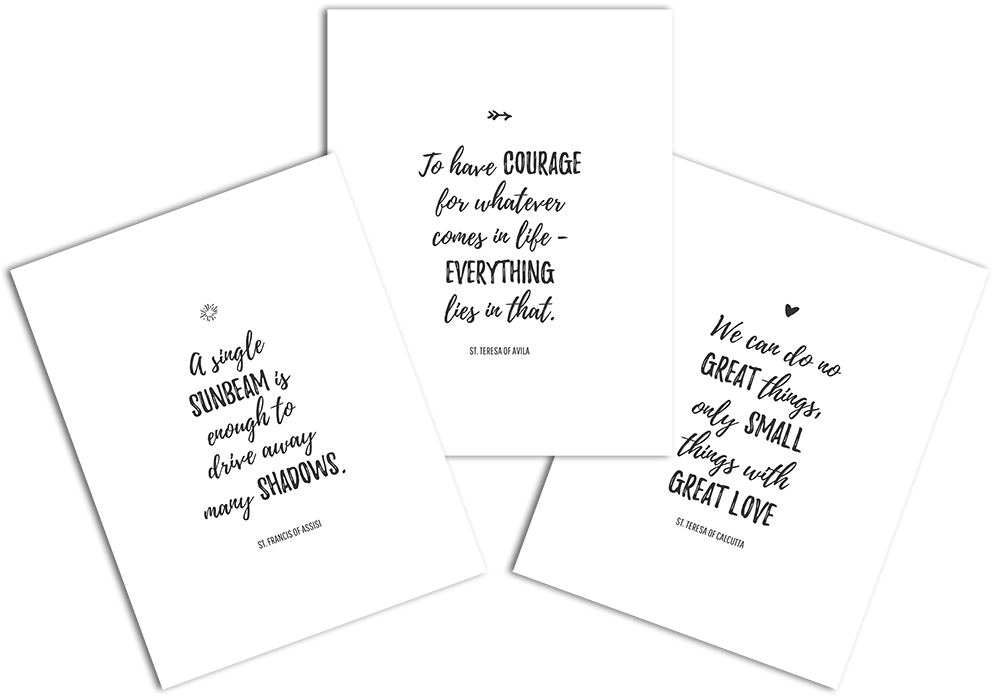Today I’m welcoming Shasta of Outrageous Fortune as a guest blogger. Shasta is a former world traveler and journalist, but her main focus these days is her twin sons, Malachi and Jaden. The boys were born ten weeks early, like Sarah Kate, and Malachi has cerebral palsy. Though Shasta and I come from two different worlds, we share many of the same joys, griefs, and fears about raising our children with disabilities (you may remember this post that I wrote recently that was inspired by a conversation she and I had).
Enjoy.
My husband and I always wanted children. It wasn’t until I got pregnant that I realized most of our friends never did or weren’t in long-term relationships.
Those few we did know with kids all had some major medical drama. One had a 30-week preemie, another’s son had hydrocephalus, another had several miscarriages, another nearly died in childbirth.
These stories scared me. A lot. But, I told myself, they’re not the norm. Every day women have perfectly normal babies. Women have been not just capable but excellent at conceiving, carrying and birthing regular babies for as long as there have been women and babies.
And I want a child. There’s no doubt about that. So, I guess it’s time to take the plunge. It can’t turn out that bad, right?
During an early routine check-up with our midwife (right after we shared our joke that it could be twins and she reassured us that she could indeed hear only one heartbeat), she asked about genetic counseling. We had decided not to do it because the results weren’t definitive and we didn’t need numbers on a page to give us reasons to worry. But we were still nervous and I asked what percentage of babies turn out OK. She said it’s difficult to calculate, but most people say 3 percent have some sort of deficiency.
Ninety-seven percent became my mantra. Every time I would hear a scary birth story or the What If monster invaded my head, I would just repeat over and over to myself: 97 percent. 97 percent. 97 percent. And hey, I knew all of those other women who had had trouble, so surely the odds were in my favor, right?
Wrong.
Our day-long stress-fest at the hospital when — at five months along — they told us we were having twins with several risk factors involved lots of numbers, including a 70 percent chance of preterm birth (but almost no twins make it to 40 weeks, so what does that mean?). By the time we got to 27 weeks it was down to a 20 percent chance of preterm birth.
Three weeks later when the babies finally did come early, but not super-early, we had a 95 percent chance of them being normal. 95 percent?! We’re in the clear! For two blissful weeks I breathed easily knowing that it was finally over, that my healthy twins and I would go home and live happily ever after, cursing the doctors who needlessly scared the crap out of me.
Then the head ultrasound results came back and I learned that to the one person in a thousand, it doesn’t matter that they had a 99.9 percent chance of everything being OK. No, it doesn’t matter one bit that 999 or even 999,999 other people are walking around out there not suffering the pain that you are.
Statistics serve to give us the illusion of predictability in a life where we have none. Absolutely none. The author of this blog, who has kindly agreed to post this essay, has a daughter with cerebral palsy and rolled the dice again for a son with Down syndrome. Another blogging buddy of mine successfully dodged the bullet of extreme Twin-to-Twin Transfusion Syndrome, the cause of many twins’ brain damage, only to have her 11-month-old daughter asphyxiate on a piece of fruit, rendering her disabled after all. Another knows someone whose daughter was born at the extremely risky gestational age of 24 weeks and had “everything” go wrong in the NICU; today she is a perfectly healthy and normal little girl.
Statistics wouldn’t have predicted any of that.
A relative of mine, a midwife who has spent her career helping women avoid C-sections and other obstetric intervention, was forced two weeks ago to have a C-section with her first baby, who was breech despite her many efforts to flip him. This happens in only 2-3 percent of cases. As in, 97 percent aren’t like that.
It makes me feel like there are enough 3 percent chance things to go around. That everyone — or, well, 97 percent of everyone —will have a 3 percent chance thing happen to them. Those who have totally uneventful pregnancies, births and children are the rarities.
But I’ve realized that, good or bad, it doesn’t matter what the chances are if you’re the one to whom it happens. And despite our culture’s reliance on statistics for everything from deciding when milk will go bad to deciding who we’ll vote for in the next election, we just don’t get to know what’s going to happen in life. Statistics are a smokescreen we put up to pretend that we know where we’re going. They may be useful to scientists who want to know what will happen to 100 people, but they are useless to individuals who want to know what will happen to them.
A life cannot be lived by what is most likely to happen all the time. And, really, none of us would want a life with that sort of predictability. When we strip away the illusion of stability statistics provide, what’s left to us is the responsibility to own our place in life and live it as authentically as we can. Because the only thing that is certain is that our lives — however they turn out — are 100 percent our own.
And that, more than any of the possibilities and percent chances of desired or undesired outcomes, is what makes them awesome.


Thanks so much for this opportunity, Andi!
And wow! I totally missed that post about the conversation we had a few months ago. That was a good read and I can’t wait to share your post on my blog next Tuesday!
Thank YOU for sending me such a great post – you hit on so many things that Mr. Andi and I have discussed at length in the past. It was a perfect fit.
this is a great post. I always think of people behind the numbers. when one is pregnant, it’s terrifying to think of anything going wrong. When one is a mother, it is perhaps more horrifying to think of something bad happening. This is the life and the world we have. We live in one direction only, going forward.
Hello Shasta! Excellent guest post.
Hi Anna, thanks!
And Wendy, I love that: “We live in one direction only, going forward.”
I just realized that my links in this post didn’t come through. Silly me, I should have formatted it in html. Anyway, my friend whose 11-month-old nearly died from a piece of fruit blogs at: http://colofisch.blogspot.com/ and the other one I mention blogs here: http://cheezewhizandmustard.wordpress.com/
Great post. I also used to find comfort in statistics. No one expects to be in the 3%!
My husband and I have joked that we should play the lottery. Odds of having a child with Down syndrome at age 40 – ~1 in 100. Odds of having a child with cerebral palsy – ~ 1 in 500. Odds of having a child with triploidy – not sure but it’s really, really small. Odds of having all three – really, really, really small. Yet it happened to us.